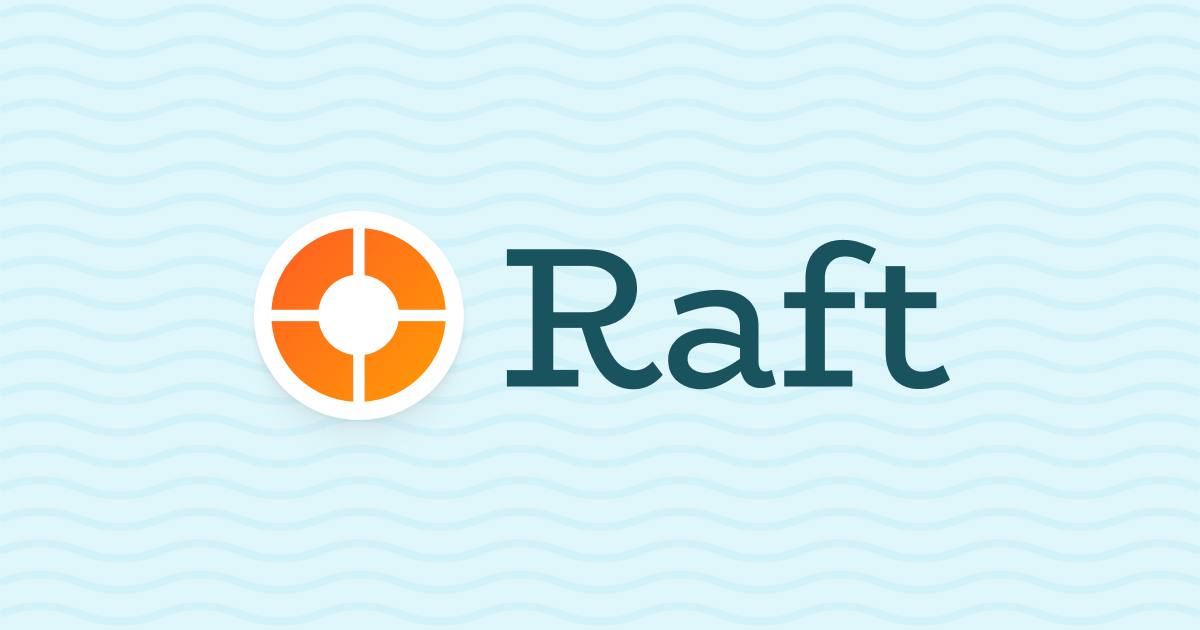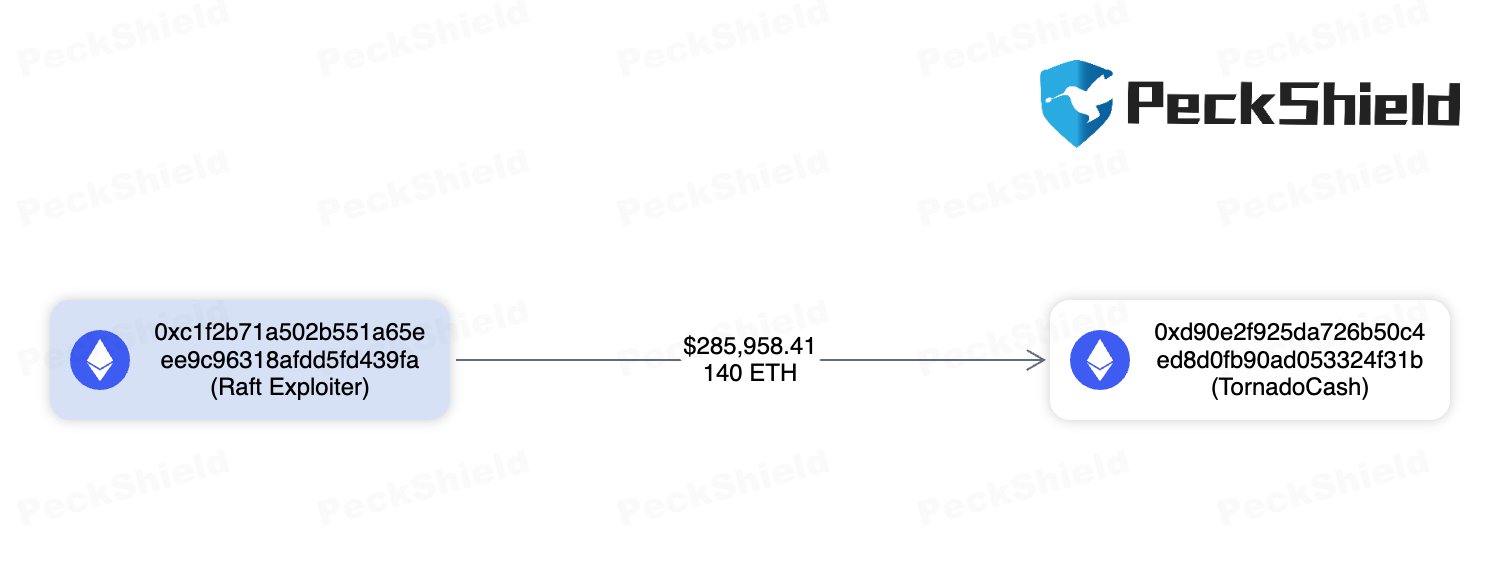One of the moments we least want to experience in the world of cryptocurrency is the attack on cryptocurrency platforms. However, we occasionally see it happening. Just two days ago, the decentralized finance (DeFi) platform Raft fell victim to a hack attack. A massive amount of Ethereum (ETH) was stolen. The incident also made waves in the cryptocurrency world. Now the hacker is taking action. Let’s take a look at the details.
Raft Hacker Trying to Sell the Stolen Funds
In the attack on Raft two days ago, $3.3 million worth of Ethereum (ETH) was stolen. As a result, the platform’s stablecoin, R, crashed and experienced an 85% loss in value. After the attack, the cryptocurrency world focused on what the hacker would do next.

As a result of the attack, the hacker initially burned some of the Ethereum in their possession. The number of Ethereum burned was 1570. However, the hacker now intends to at least make use of what remains. For this purpose, they are transferring their Ethereum to TornadoCash for laundering.
Tracking the Hacker’s Address
All of the hacker’s steps so far are being closely monitored. PeckShieldAlert reports the development on their X page. It should be noted that PeckShieldAlert closely tracks hacker addresses, especially in relation to Rug Pull movements. PeckShieldAlert emphasizes that they are closely monitoring the hacker’s actions for the 140 Ethereum they took.
At this stage, we see that the hacker faces difficulties. The transparent nature of the blockchain in the cryptocurrency world makes it easier to track the hacker. This also serves as an obstacle to laundering funds at every step. The transition to TornadoCash, a privacy-focused protocol on the Ethereum blockchain, indicates an attempt to increase address privacy and hide the transaction history of the transferred Ethereum. Such transactions to privacy-focused platforms are often associated with efforts to enhance anonymity and make tracking more difficult. Let’s see what steps the hacker will try to take next.

 Türkçe
Türkçe Español
Español










